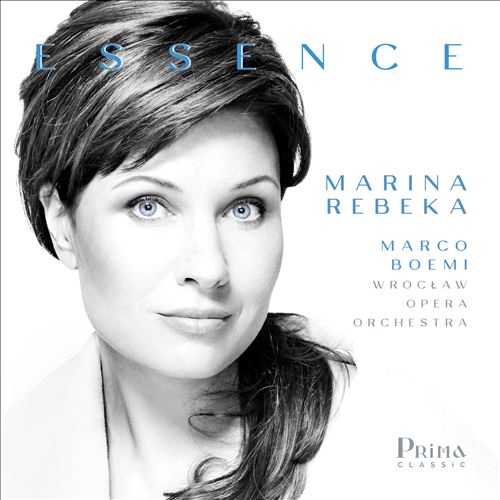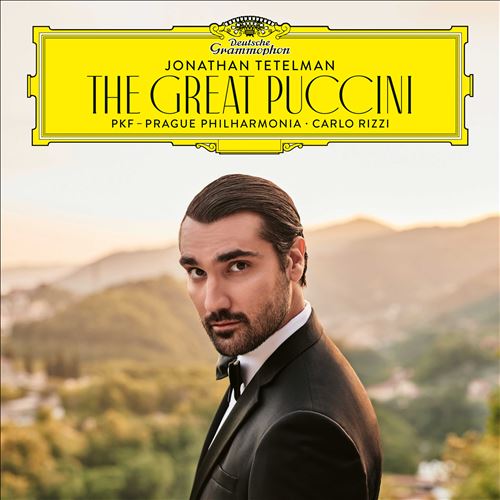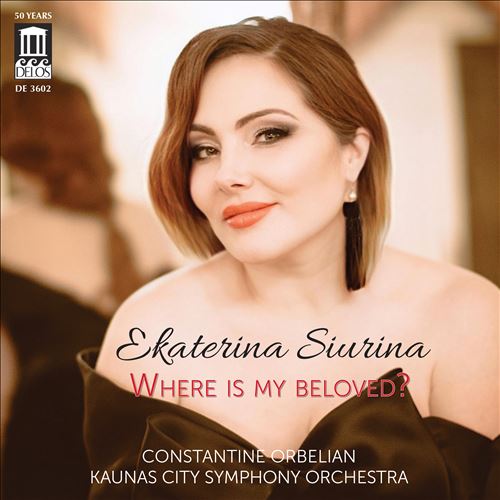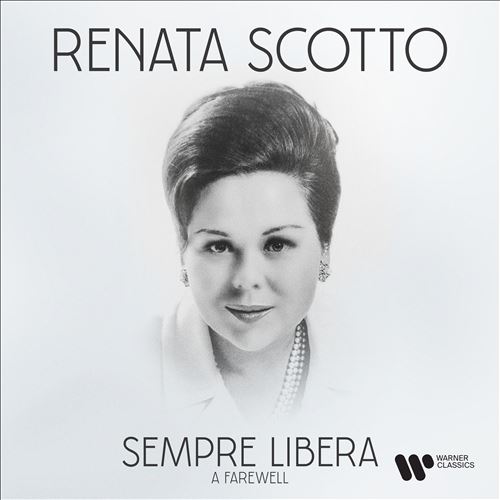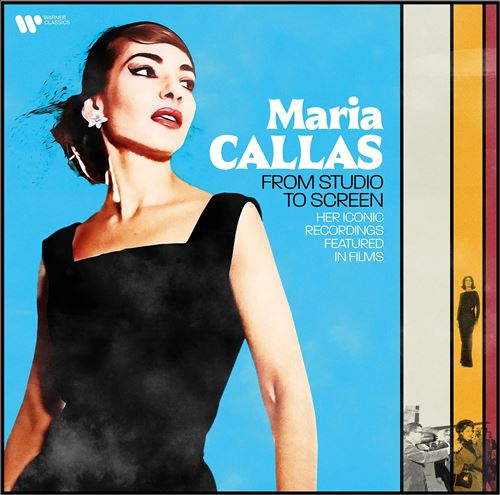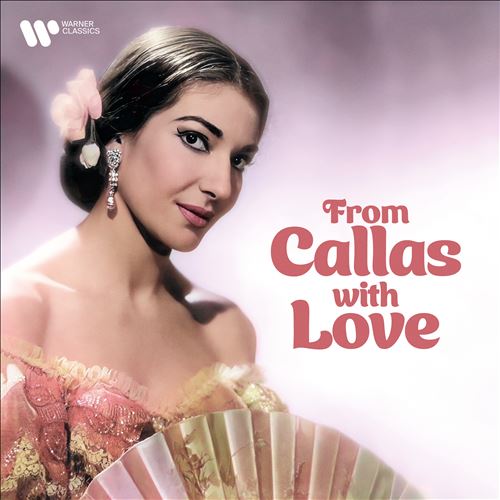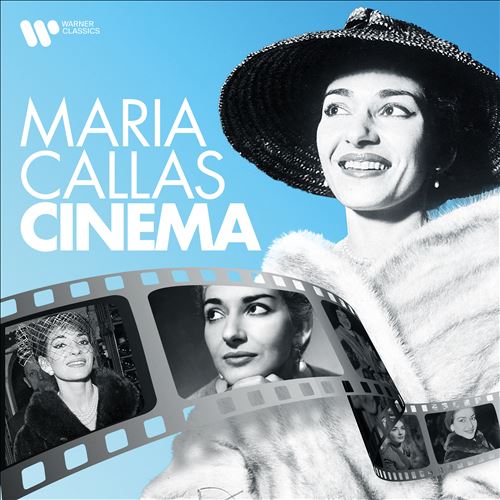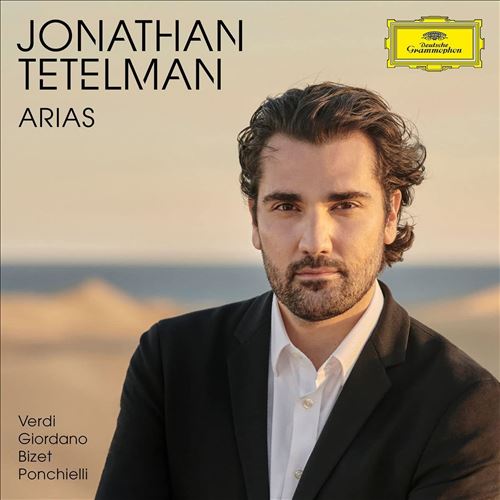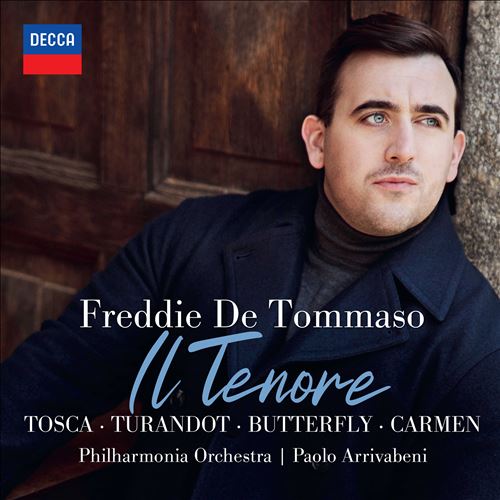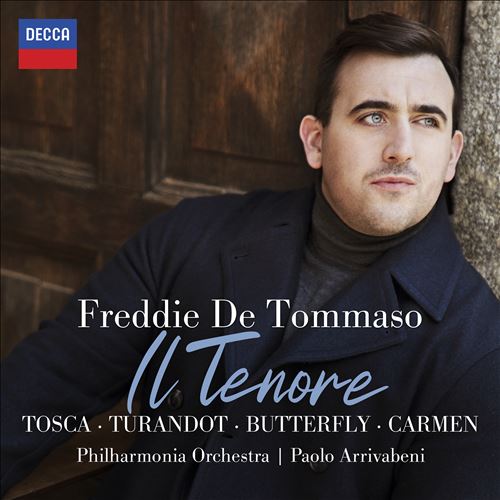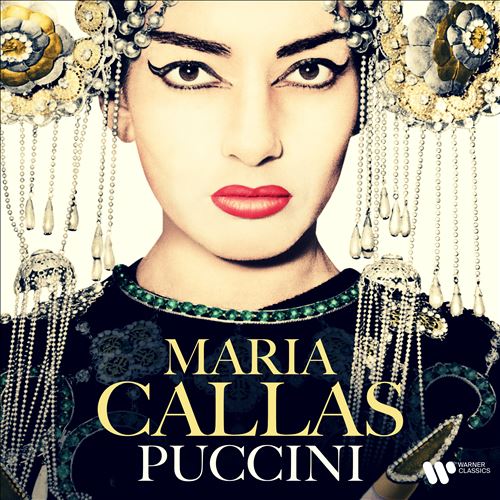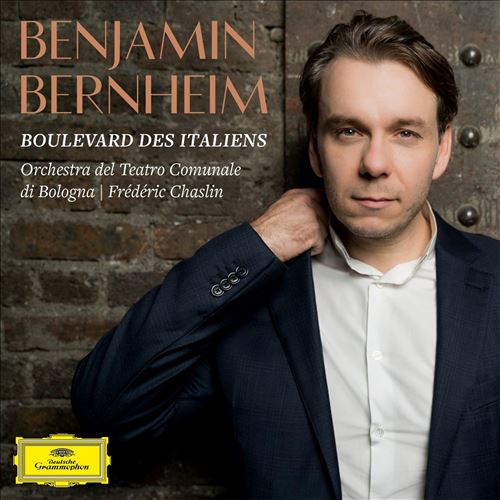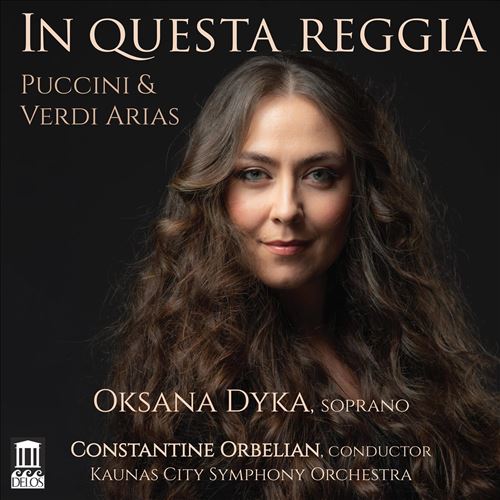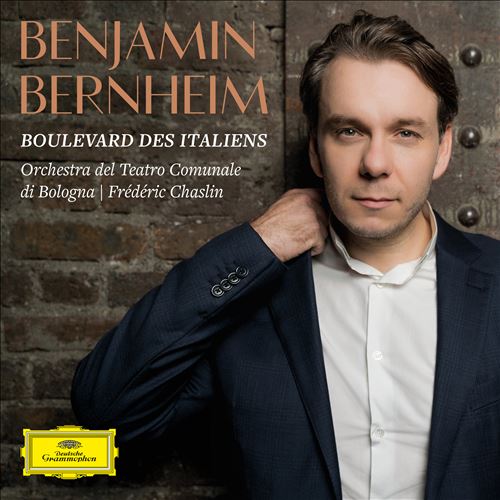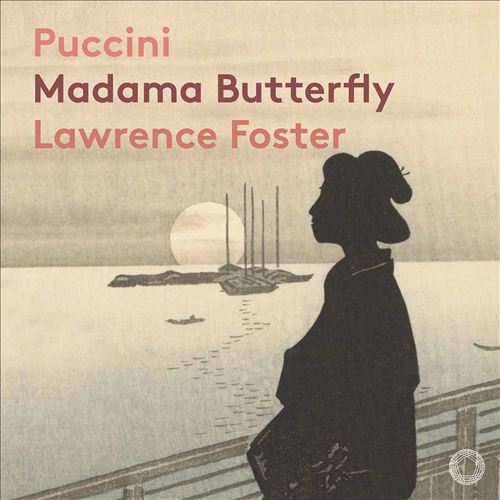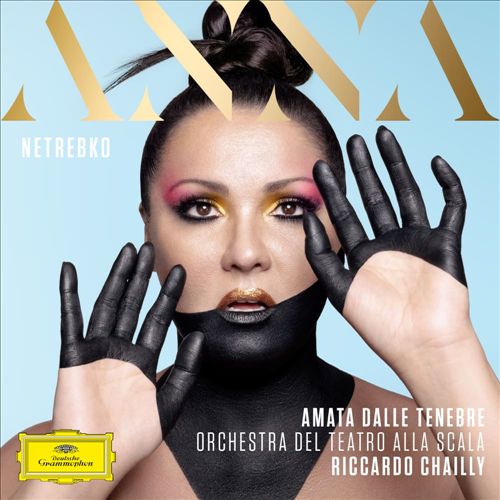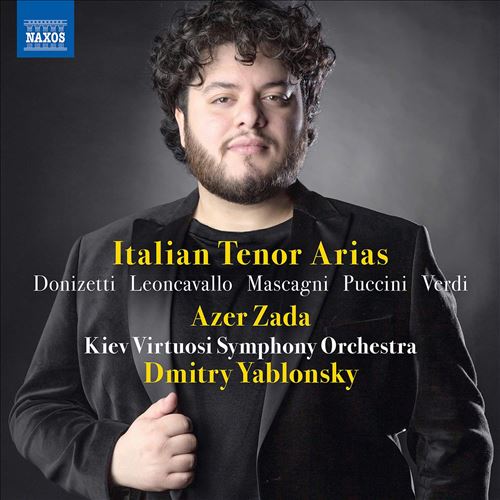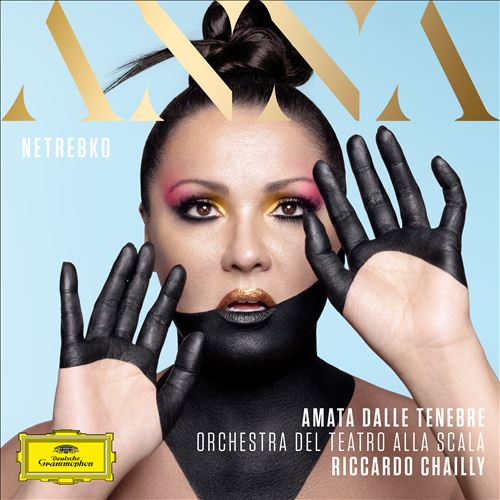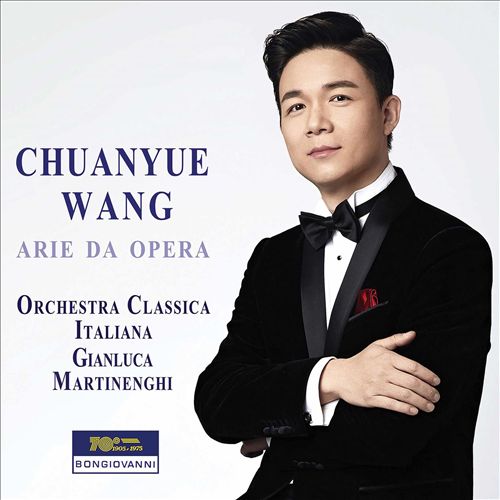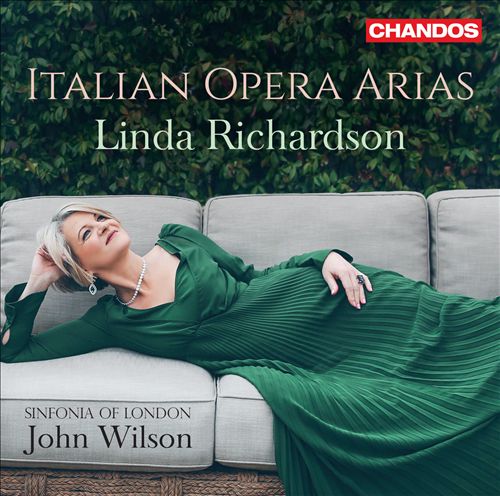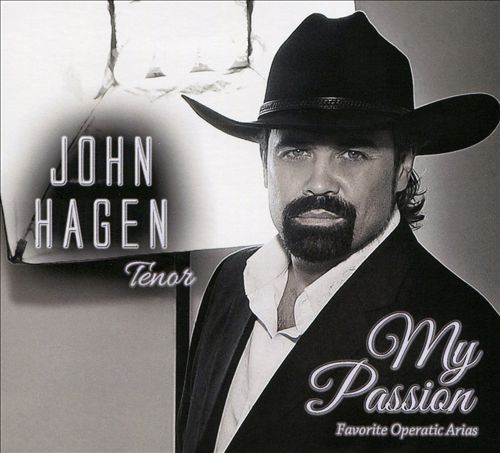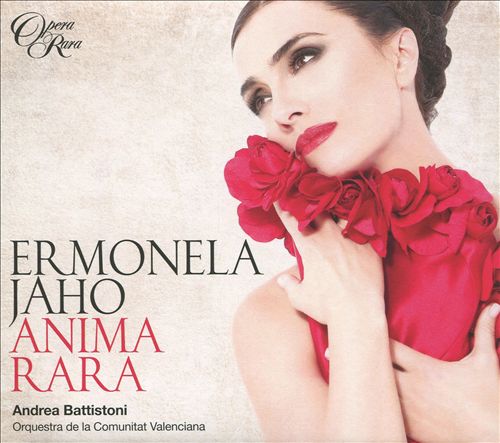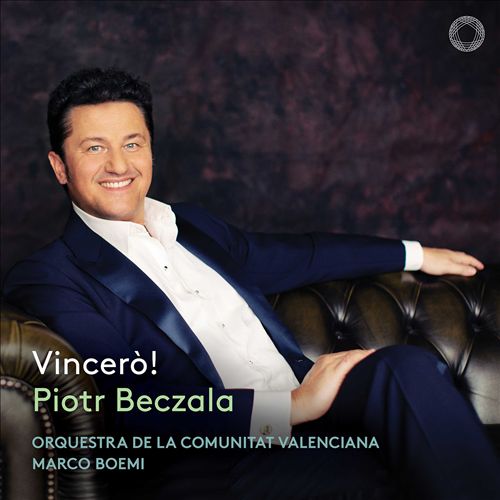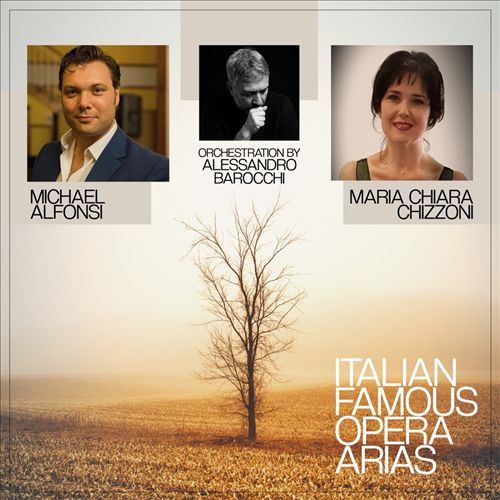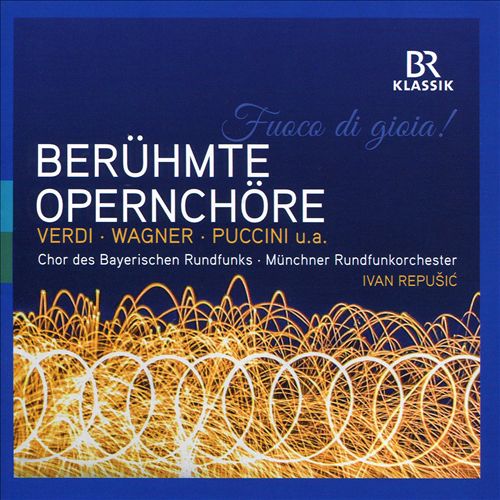Giacomo Puccini (자코모 푸치니)
Madame Butterfly
100
10,000
1,400
WORK INFO
작곡가: Giacomo Puccini (자코모 푸치니)작곡년도: 1904평균연주: 125:19악장1Act 1 : No. 1a, E soffitto3:022Act 1 : No. 1b, Questa è la cameriera3:273Act 1 : No. 2, Dovunque al mondo4:424Act 1 : No. 3a, Ed è bella la sposa?2:135Act 1 : No. 3b, Amore o grillo3:046Act 1 : No. 4a, Ah! ah! quanto cielo!6:177Act 1 : No. 4b, Ancora un passo3:118Act 1 : No. 5a, Gran ventura3:349Act 1 : No. 5b, L'imperial Commissario2:4910Act 1 : No. 6, Vieni, amor mio!2:5911Act 1 : No. 7a, Ieri son salita tutta sola3:0812Act 1 : No. 7b, Ed eccoci in famiglia4:1813Act 1 : No. 7c, Bimba, bimba, non piangere [Dearest, my dearest, weep no more]6:3014Act 1 : No. 8a, Viene la sera [Ja, es ward Abend]7:3815Act 1 : No. 8b, Bimba, dagli occhi [Mädchen, in deinen Augen liegt ein zauber, Ah, love me a little]6:5616Act 1 : No. 8c, Vogliatemi bene7:0717Act 1 : No. 8d, Un po' di vero c'e3:5218Act 2 : No. 9, E lzaghi e lzanami6:3619Act 2 : No. 10, Un bel di vedremo [Eines Tages sehn wir, One fine day]4:3120Act 2 : No. 11a, C'e. Entrate4:2321Act 2 : No. 11b, Ora a noi3:5522Act 2 : No. 11c, Ebbene, che fareste2:5823Act 2 : No. 11d, E questo?2:2824Act 2 : No. 12, Che tua madre3:4625Act 2 : No. 13a, Il cannone del porto!4:1126Act 2 : No. 13b, Scuoti quella fronda di ciliego6:0427Act 2 : No. 13c, Tutti i fior4:4528Act 2 : No. 14, Coro a bocca chiusa3:1529Act 3 : No. 15, Intermezzo6:3130Act 3 : No. 16, Già il sole!2:4031Act 3 : No. 17a, Povera Butterfly3:1032Act 3 : No. 17b, Ve lo dissi?2:3933Act 3 : No. 17c, Io so che alle sue pene3:2634Act 3 : No. 18a, Non ve l'avevo detto?2:2835Act 3 : No. 18b, Addio, fiorito asil [Leb wohl, mein Blütenreich]2:3036Act 3 : No. 18c, Glielo dirai?2:4637Act 3 : No. 19a, Che vuol da me5:2938Act 3 : No. 19b, Come una mosca prigioniera3:1339Act 3 : No. 20a, Con onor muore chi non puo serbar vita con onore4:4340Act 3 : No. 20b, Tu? tu? piccolo iddio3:27Madama Butterfly (Madame Butterfly) is an opera in three acts (originally two acts) by Giacomo Puccini, with an Italian libretto by Luigi Illica and Giuseppe Giacosa. The libretto of the opera is based in part on the short story "Madame Butterfly" (1898) by John Luther Long—which in turn was based partially on stories told to Long by his sister Jennie Correll and partially on the semi-autobiographical 1887 French novel Madame Chrysanthème by Pierre Loti. Long's short story was dramatized by David Belasco as a one-act play, Madame Butterfly: A Tragedy of Japan (1900). After premiering in New York, Belasco's play moved to London, where Puccini saw it in the summer of 1900. The original version of the opera, in two acts, had its premiere on 17 February 1904 at La Scala in Milan. It was very poorly received despite the presence of such notable singers as soprano Rosina Storchio, tenor Giovanni Zenatello and baritone Giuseppe De Luca in the lead roles. This was due in large part to the late completion and inadequate time for rehearsals. Puccini revised the opera, splitting the second act into two acts and making other changes. On May 28, 1904, this version was performed in Brescia and was a huge success. Between 1915 and 1920, Japan's best-known opera singer Tamaki Miura won international fame for her performances as Cio-Cio San. Her statue, along with that of Puccini, can be found in the Glover Garden in Nagasaki, the city where the opera is set. Madama Butterfly is a staple of the standard operatic repertoire for companies around the world, ranking 6th in the Operabase list of the most-performed operas worldwide (Puccini's La Bohème and Tosca rank 3rd and 5th resp.) .
Puccini wrote five versions of the opera; the original two-act version, which was presented at the world premiere at La Scala on 17 February 1904, was withdrawn after the disastrous premiere. Puccini then substantially rewrote it, this time in three acts. This second version was performed on 28 May 1904 in Brescia, where it was a great success. It was this second version that premiered in the United States in 1906, first in Washington, D.C., in October, and then in New York in November, performed by Henry Savage's New English Opera Company (so named because it performed in English-language translations).From WIKIPEDIA
RELEASED ALBUMS
-
EssenceNovember 24, 2023
-
Verismo: Preludi e IntermezziOctober 27, 2023
-
The Great PucciniOctober 13, 2023
-
Where Is My Beloved?September 22, 2023
-
Sempre Libera: A FarewellAugust 18, 2023
-
From Studio to ScreenJune 9, 2023
-
From Callas with LoveFebruary 14, 2023
-
CinemaDecember 9, 2022
-
AriasSeptember 2, 2022
-
Il TenoreJuly 1, 2022
-
Puccini: Madama Butterfly - Act 2. Addio fiorito asilMay 20, 2022
-
PucciniMay 16, 2022
-
Boulevard des ItaliensMay 13, 2022
-
In Questa Reggia: Puccini & Verdi AriasMarch 4, 2022
-
Puccini: Madama Butterfly - Adieu, sejour fleuriFebruary 18, 2022
-
Puccini: Madama ButterflyNovember 19, 2021
-
Amata dalle TenebreNovember 5, 2021
-
Italian Tenor AriasOctober 22, 2021
-
Puccini: Madama Butterfly - Un bel dì vedremoOctober 22, 2021
-
Arie da OperaJune 11, 2021
-
Italian Opera AriasJanuary 8, 2021
-
My Passion: Favorite Operatic AriasDecember 4, 2020
-
Anima RaraSeptember 25, 2020
-
Puccini: Madama Butterfly - Con onor muore... Tu? Tu? Piccolo IddioSeptember 4, 2020
-
Puccini: Madama Butterfly - Un bel dì vedremoJuly 10, 2020
-
Vincerò!May 15, 2020
-
Italian Famous Opera AriasDecember 13, 2019
-
Fuoco di Gioia!: Berühmte OpernchöreNovember 15, 2019
-
Ritorna Vincitor! - Veronika Dzhioeva Sings Favorite AriasJuly 12, 2019
-
Pavarotti: The Greatest HitsJune 7, 2019
FEATURED MOVIES
-
 01:38푸치니: 나비부인
01:38푸치니: 나비부인 -
 08:18푸치니: 나비부인 SuiteNovember 16th, 2011Staller Center at Stony Brook University
08:18푸치니: 나비부인 SuiteNovember 16th, 2011Staller Center at Stony Brook University -
 20:02푸치니: 나비부인 Part 3 of 3July 15th, 2012Phoenix Hall Osaka Japan
20:02푸치니: 나비부인 Part 3 of 3July 15th, 2012Phoenix Hall Osaka Japan -
 15:46푸치니: 나비부인 part 1 of 3July 15th, 2012Phoenix Hall Osaka Japan
15:46푸치니: 나비부인 part 1 of 3July 15th, 2012Phoenix Hall Osaka Japan -
 03:26푸치니: 나비부인 Ancora un passo2005Teatro Municipal de Caracas
03:26푸치니: 나비부인 Ancora un passo2005Teatro Municipal de Caracas -
 05:45푸치니: 나비부인 Un bel di vedremoRoyal Opera House Covent Garden Londres
05:45푸치니: 나비부인 Un bel di vedremoRoyal Opera House Covent Garden Londres -
 07:25푸치니: 나비부인 Intermezzo
07:25푸치니: 나비부인 Intermezzo -
 04:14푸치니: 나비부인 Coro a bocca chiusaJune 13, 2010Madrid
04:14푸치니: 나비부인 Coro a bocca chiusaJune 13, 2010Madrid -
 04:17푸치니: 나비부인 Un bel di vedremoMay 19th 2013CC Gasthuis Wijnegem Belgium
04:17푸치니: 나비부인 Un bel di vedremoMay 19th 2013CC Gasthuis Wijnegem Belgium -
 03:49푸치니: 나비부인 Coro a bocca chiusaMay 11, 2003Teatro Monumental. Madrid
03:49푸치니: 나비부인 Coro a bocca chiusaMay 11, 2003Teatro Monumental. Madrid -
 08:18푸치니: 나비부인 Con onor muore27 May 2012
08:18푸치니: 나비부인 Con onor muore27 May 2012 -
 03:56푸치니: 나비부인 Un bel di vedremo
03:56푸치니: 나비부인 Un bel di vedremo -
 05:36푸치니: 나비부인 Che tua madre1990Opera Nationala Bucuresti
05:36푸치니: 나비부인 Che tua madre1990Opera Nationala Bucuresti -
 04:29푸치니: 나비부인 Un bel di vedremo
04:29푸치니: 나비부인 Un bel di vedremo -
 04:14푸치니: 나비부인 Coro a bocca chiusaSeptember 27, 2012Theatro Carlos Gomes, in Victoria, the capital of Espirito Santo, Brazil
04:14푸치니: 나비부인 Coro a bocca chiusaSeptember 27, 2012Theatro Carlos Gomes, in Victoria, the capital of Espirito Santo, Brazil
ALBUM MUSIC
WORKS SHOUTS


